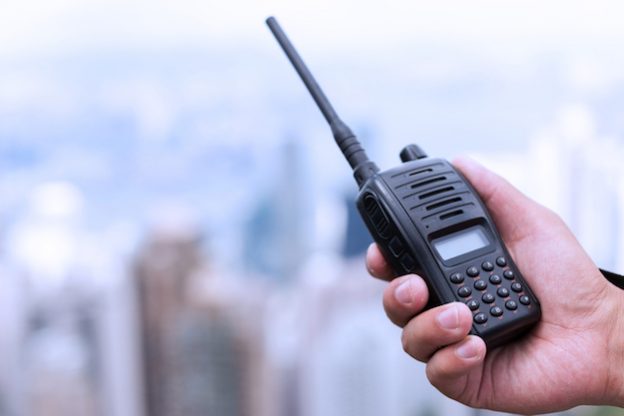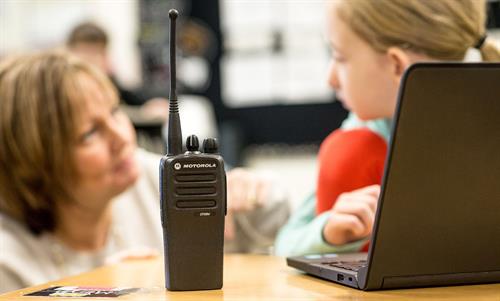Have you ever pondered about what the difference is between an analog and a digital signal? We have outlined the differences and similarities between both these two-way radios below to give you a better idea.
Analog
Analog signals possess an ongoing, sinusoidal value and the analog systems today make use of frequency modulation (FM). The frequency modulation creates an unceasing wave with the voice signal. By incorporating such a modest system into a single chip, the prices on these radios have come down dramatically. Analog signals are regularly utilized in numerous systems nowadays; however, the uses for analog signals are lessening with the introduction of the more dependable digital signal.

Digital
Digital signals are signified through binary numbers: 1 or 0. The one and zero values can match up with various discrete voltage values. Various signals which don’t quite fit into the arrangement are rounded off. By utilizing a binary signal, control bits, and error correction, embedded signaling is probable within each packet transmitted. A packet comprises an assemblage of bits. The software possesses an algorithm that acknowledges the variances between background noise and voice, and subsequently, cancels any unwanted background noise or audio. The wireless digital signal offers the same level of control and reliability as that of a wired digital signal.
Benefits Of Analog And Digital Two-Way Radios
A common misconception upon reviewing two-way radios is that they are a dwindling technology. With benefits that include one-time purchase incentives, immediate private communication, one-to-many or one-on-one call options, the flexibility of communication in various environments, and durability, the two-way radio remains a highly preferred choice for communication in practically all markets. They include a variety of commercial, business, and industrial applications, as well as high-risk settings like military, security, public safety, and government. Both analog and digital technologies provide many similar features; however, their variances set them far apart. You can decide which one is the best one suited to your needs.
Benefits Of Analog Two-Way Radios
- Analog systems utilize the natural voice, a well-preferred feature by many.
- Due to analog being around for much longer, the range of products and accessories is broader and offers more options than digital.
- Analog utilize bandwidth well and are easily grasped by the general public.

Benefits Of Digital Two-Way Radios
- Users have more simultaneous talking paths at their disposal, and information like status buttons, unit ID, and enhanced text messaging can be embedded into a singular digital radio signal.
- Bandwidth use is lowered.
- Digital signals can be managed by existing infrastructure equipment and standardized antenna systems.
- The digital transmission of a user’s voice lowers external background noises. The digital technology platform is excellent for lowering environmental noise levels during a broadcast, such as windy exterior conditions and interior noisy processing and manufacturing plants.
- Various new software applications are obtainable for use with a digital platform.
- The digital platform offers a migration path that permits for simultaneous use of analog and digital radios.